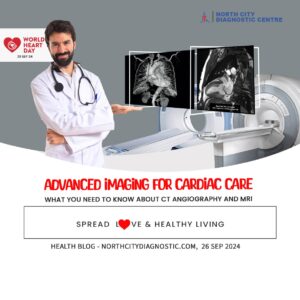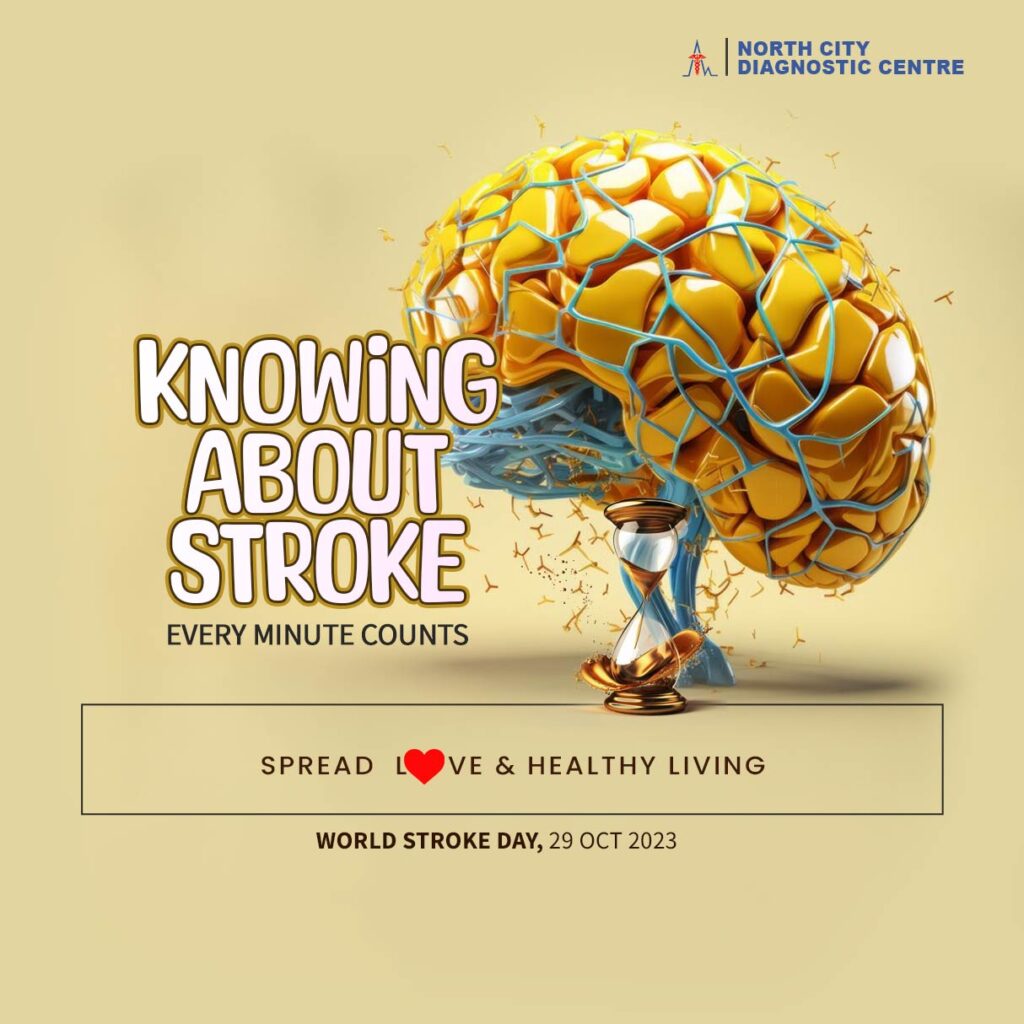
Menu
In the bustling streets of Kolkata, where life moves at its own pace, it’s essential to stay informed about certain health issues. Knowing about stroke tops the list along with heart attack and accidental trauma. On this World Stroke Day, let’s delve into the intricate world of strokes, understanding their various types, causes, and symptoms, to make this crucial information accessible to everyone.
India bore the maximum burden of stroke with 68.6 per cent incidence of stroke, 70.9 per cent stroke deaths and 77.7 per cent disability adjusted life years (DALYs) lost.
– The Economic Times
EVERY MINUTE COUNTS – Did you know a stroke victim loses of 1.9 million neurons (nerve cells) for every minute of treatment delay from the time of first symptoms?

Stroke second most common cause of death ☠ in India , younger and middle-aged people at greater risk.
Think of it as a “brain attack.” Just as a heart attack affects the heart, a stroke targets the brain. When blood flow to the brain is interrupted or reduced, brain cells can be damaged or die, leading to various complications.
Imagine you’re driving through the streets of Kolkata, and suddenly, your vehicle comes to a screeching halt due to a traffic jam. A stroke is somewhat similar – it’s like a traffic jam in your blood vessels, obstructing the smooth flow of blood to your brain.
Stroke is caused by one of two things: a blocked artery (ischemic stroke) or a blood vessel leaking or bursting (hemorrhagic stroke). Some patients may experience only a brief disturbance in blood flow to the brain, known as a transient ischemic attack (TIA), which may not result in long-term symptoms.
The ischemic stroke is the most common type, accounting for about 87% of all strokes. It occurs when a blood clot obstructs a blood vessel in the brain. Picture a blocked or narrowed pipeline due to clogs or deposits, halting the flow of water. Similarly, a stroke happens when the brain’s blood vessels become narrowed or blocked, causing severely reduced blood flow (ischemia).
Blocked or narrowed blood vessels are caused by fatty deposits that build up in blood vessels or by blood clots or other debris that travel through the bloodstream, most often from the heart, and lodge in the blood vessels in the brain.
In contrast, a hemorrhagic stroke occurs when a blood vessel in the brain ruptures. This rupture leads to bleeding inside the brain. Think of it as a burst water pipe, causing damage and chaos. Hemorrhagic strokes are less common but often more severe.
The following are risk factors for hemorrhagic stroke:
Transient Ischemic Attack or TIA is a temporary episode that has symptoms similar to a stroke, but luckily, it usually lasts only a few minutes and doesn’t cause any permanent damage. Some people call it a ministroke!
TIA can be a warning sign for a future stroke. Statistics show about 1 in 3 people who experience TIA will eventually experience a stroke, with nearly half of these strokes occurring within a year after the TIA. So, it’s crucial to be aware of the warning signs.
Transient ischemic attacks typically last only a few minutes, and in most cases, the symptoms disappear within an hour. However, in rare cases, the symptoms can last up to 24 hours. The signs and symptoms of a TIA are similar to those that occur in the early stages of a stroke, and they can include a sudden onset of:
You may experience multiple TIAs, with recurrent symptoms that vary depending on the affected brain region.
It’s important to seek medical attention immediately if you or someone around you experiences any of these symptoms.
Avail specialized Health check-up and screening. North City Diagnostic Centre offers state-of-the-art health check-up and screening packages at affordable prices. Call 
Knowing about the causes of stroke is essential for prevention. Let’s take a look at the common culprits.
In Kolkata, where we love spicy food, hypertension, or high blood pressure, is a significant risk factor. The constant presence of flavorful spices, deep-fried ‘chops ’ and cutlets, meat, especially red meat, pickles and chips, in the cuisine can sometimes contribute to elevated blood pressure levels. Uncontrolled hypertension can weaken blood vessels, making them susceptible to ruptures, a common cause of hemorrhagic strokes.
Did you know according to a survey performed by the International Institute of Population Science and the Ministry of Health and Family Welfare, Kolkata has the highest rate of smokers in the country, at 56.6%. Smoking is a major risk factor for stroke. The chemicals in tobacco can damage blood vessels and raise the risk of blood clots, increasing the likelihood of ischemic strokes.
Kolkata’s sweet tooth is no secret. The city’s love for sweets can sometimes lead to a higher prevalence of diabetes. According to the National Urban Diabetes Survey, 11.7% of persons in Kolkata were diabetic. Diabetes prevents your body from properly digesting meals. In diabetes, your body cannot produce or use insulin properly, glucose (sugar) accumulates in your blood. High glucose levels can damage the body’s blood arteries over time, increasing the risk of stroke.
According to a report published in The Economic Times, on 9 Mar 2023, stroke is India’s second leading cause of death. In India, over 1,85,000 strokes occur each year, with one stroke occurring every 40 seconds and one stroke fatality occurring every 4 minutes.
The best way to identify stroke symptoms is the acronym BE FAST.
B – Balance. A loss of balance or the sudden inability to stand or walk.
E – Eyes. A sudden loss of vision, changes in vision and blurred vision are symptoms of a stroke.
F – Face. Ask the patient to “show your teeth” and smile. A crooked smile is an indicator of stroke.
A – Arms. Ask the victim to hold up both arms with palms facing skyward. Look to see if one arm drifts down or cannot be lifted.
S – Speech. Slurred or garbled speech indicates a stroke, as does a strange giggle while talking.
T – Time to call emergency. An explosive headache is the hallmark of a bleeding stroke.
After the onset of symptoms, a door-to-treatment time of 60 minutes is critical.
On arrival to the treatment facility (Emergency unit) a focused diagnostic workup must be completed to rule out other conditions mimicking stroke. Once the ischemic stroke is confirmed a medicine called Tissue Plasminogen Activator or tPA needs to be promptly administered. It is the only FDA-approved “clot busting” drug on the market.
From the time the patient shows symptoms to the times of the administration of this medicine, the 60 minutes window, The Golden Hour, is critical.
The American Heart Association estimates that every minute treatment of a stroke victim is delayed translates to the loss of 1.9 million neurons (nerve cells). In an hour, that patient’s brain will lose as many neurons as it ordinarily would in over three and a half years of the normal aging process.
Stroke is a big deal. If your loved one is experiencing stroke like symptoms no matter how minor it may seem call for an ambulance. Do not try to drive them to the nearest hospital, especially during rush hours when the streets of Kolkata gets clogged with traffic jams. Not only will they get to the hospital faster, the patient is likely to be seen more quickly when they arrive
Your physical exam will include tests like checking your blood pressure, listening to your heart, and a neurological exam to evaluate a possible stroke’s impact on your nervous system.
You may undergo multiple blood tests, including tests to evaluate blood clotting speed, blood sugar levels and infection presence.
A CT scan uses a series of X-rays to create a detailed image of your brain. A CT scan can show bleeding in the brain, an ischemic stroke, a tumor or other conditions.
MRI uses radio waves and a magnetic field to create detailed brain images. It detects damaged brain tissue from strokes and hemorrhages. Contrast agents may be used to view blood flow (MR angiography or venography).
This test uses sound waves to image carotid arteries in the neck, showing plaque buildup and blood flow.
An angiogram is a test used to view the arteries in the neck and brain. A catheter is inserted through a small incision in the groin and guided through the major arteries to the carotid or vertebral artery. A special dye is then injected to make the blood vessels visible under X-ray imaging.
Echocardiogram images help identify clot sources that cause strokes.
At North City Diagnostic Center we offer personalized testing schedule that aligns with your medical history and risk factors. Consistent monitoring can be invaluable for early detection and effective management of arthritis. It’s not just about how often you test but making sure that the tests are aligned with your overall health profile for maximum benefit.
https://www.mayoclinic.org/diseases-conditions/stroke/symptoms-causes/syc-20350113
https://en.wikipedia.org/wiki/Smoking_in_India
https://my.clevelandclinic.org/health/diseases/9812-diabetes-and-stroke
https://www.nhlbi.nih.gov/health/stroke/causes
https://www.deccanherald.com/opinion/stroke-golden-hour-is-crucial-2682151
https://www.mayoclinic.org/diseases-conditions/stroke/diagnosis-treatment/drc-20350119
#KnowingAboutStroke #Stroke #GoldenHour #BEFAST #RiskFactorsofStroke #EveryMiniteCounts #MedicalImaging #DiagnosticImaging #Ultrasound #MRI #NuclearMedicine #Healthcare #Radiology #MedicalTechnology #NorthCityDiagnostic #NDC #HealthFirst #DiagnosticNearMe #HealthcareIndia #JointHealth #HealthFirst #DiagnosticServices
35-A ,Canal West Road
Near Gouri Bari Bus Stop
Kolkata – 700004.
Local: +91 33 6605 0888